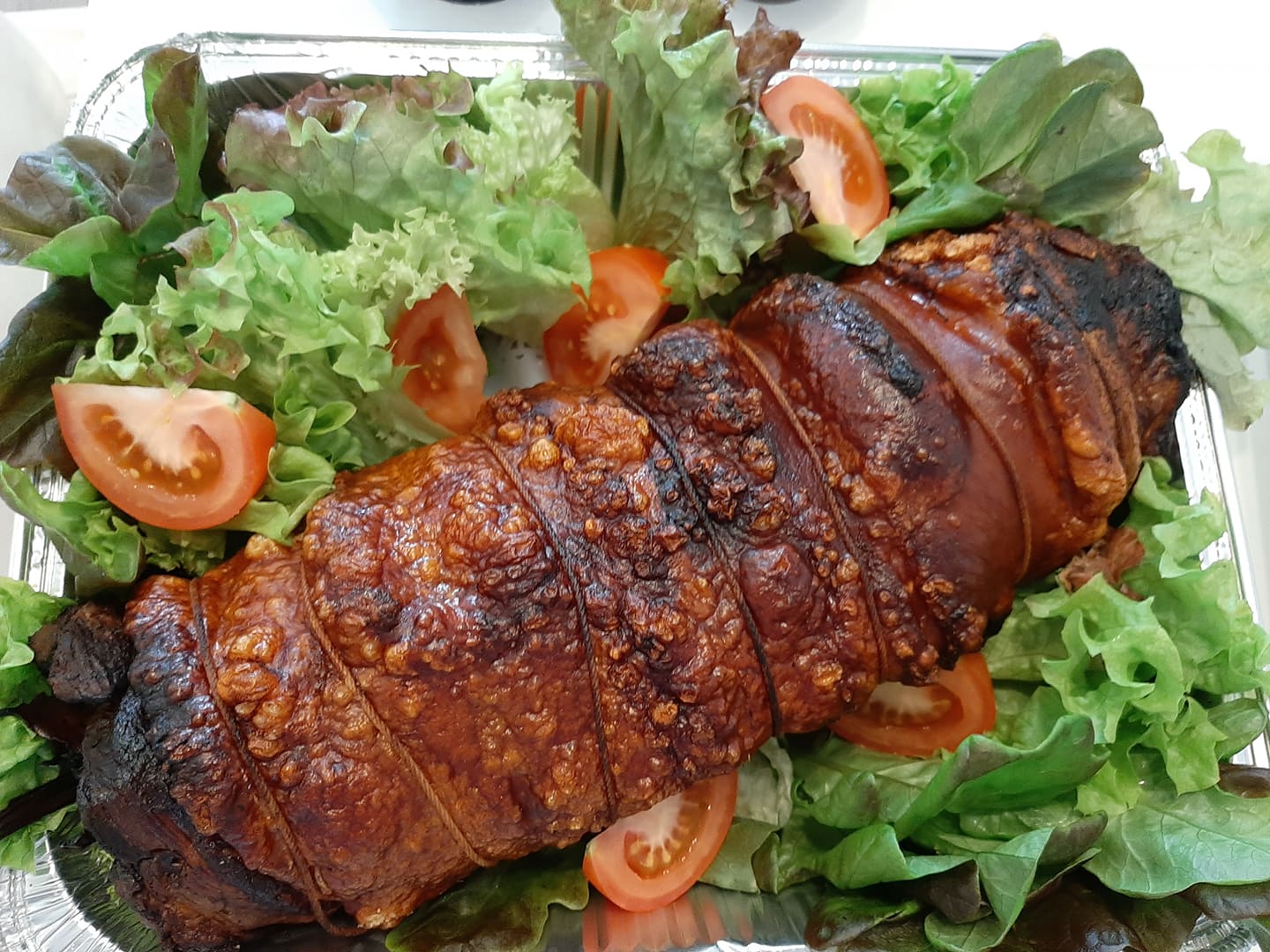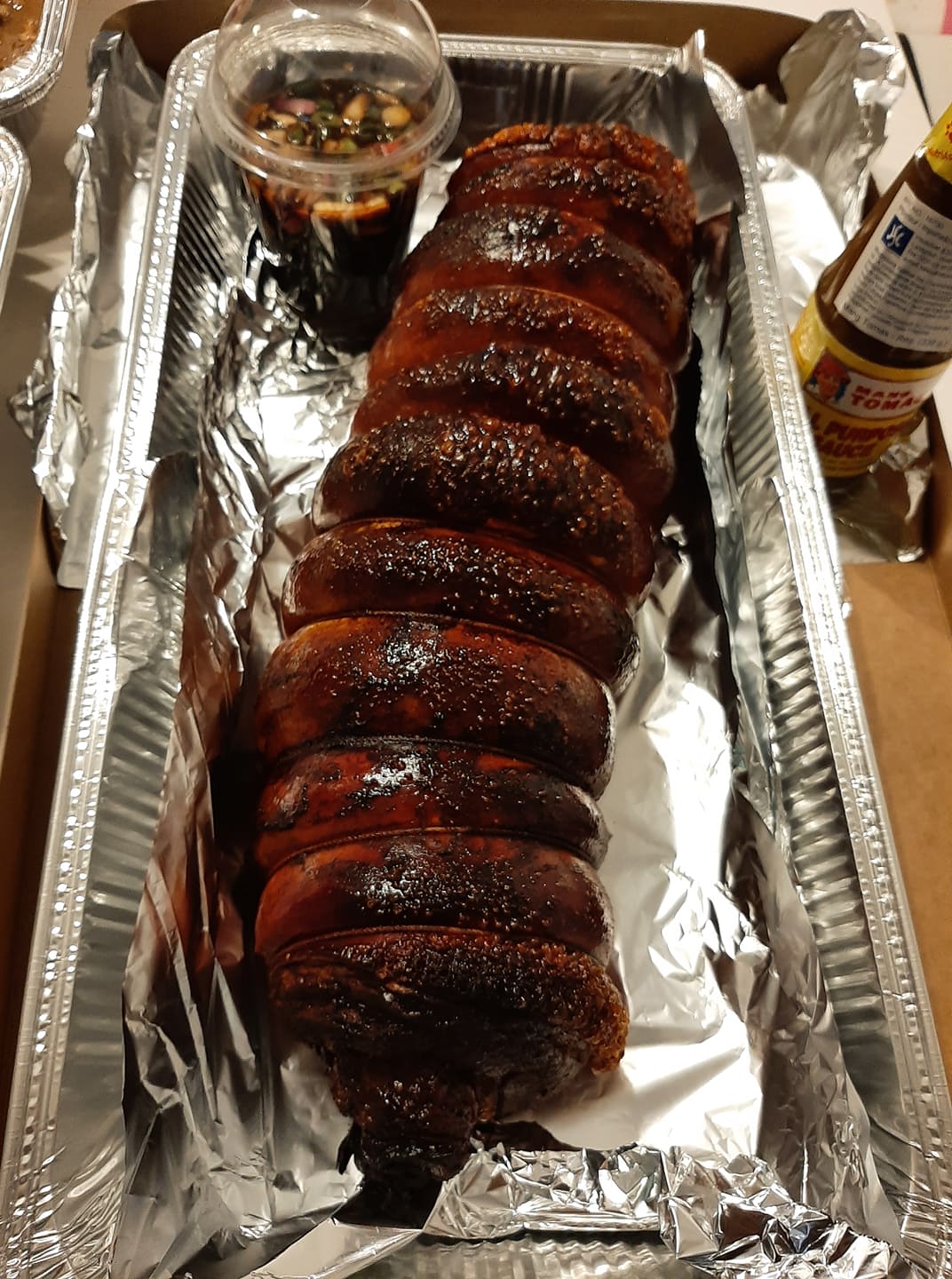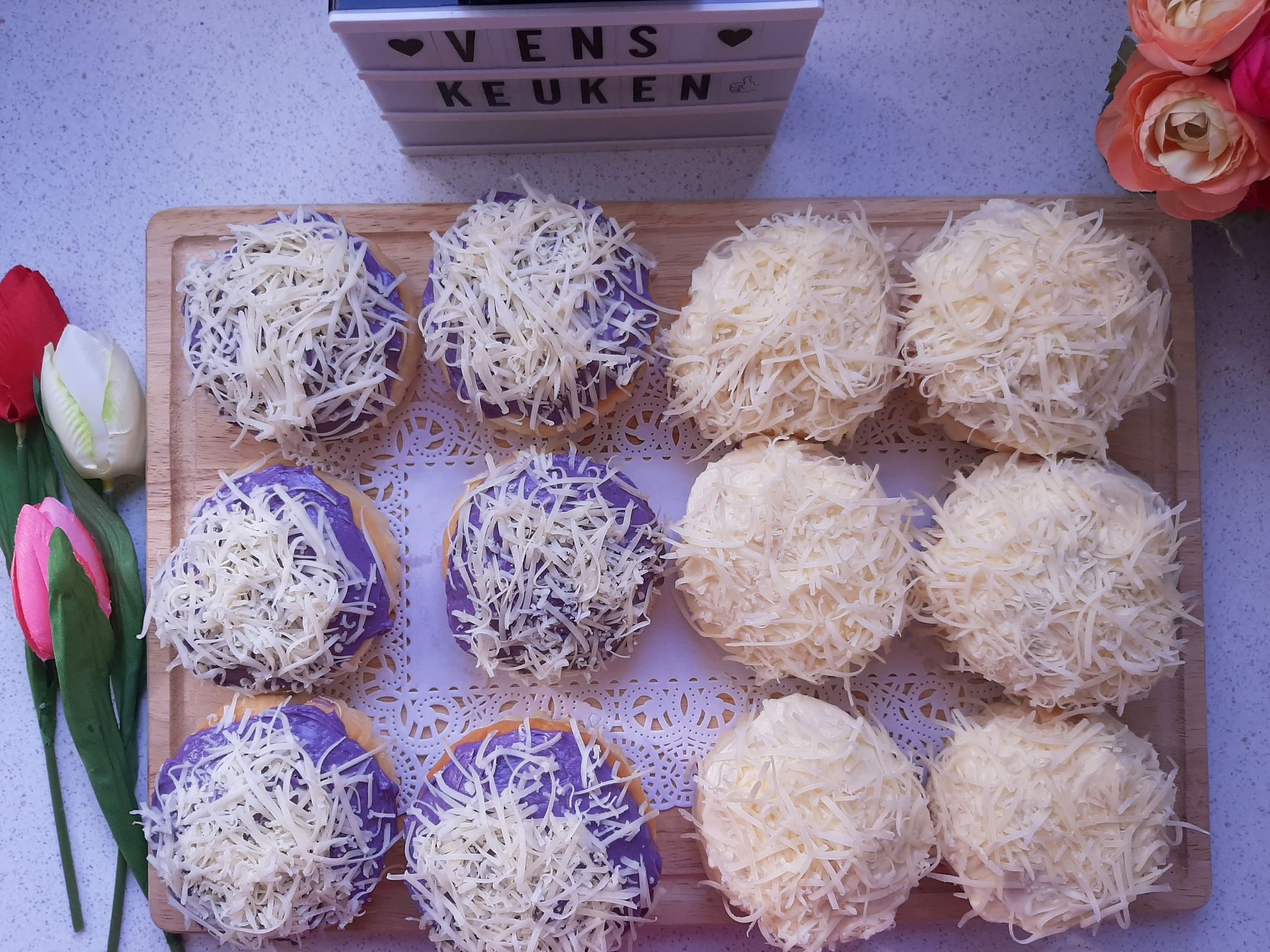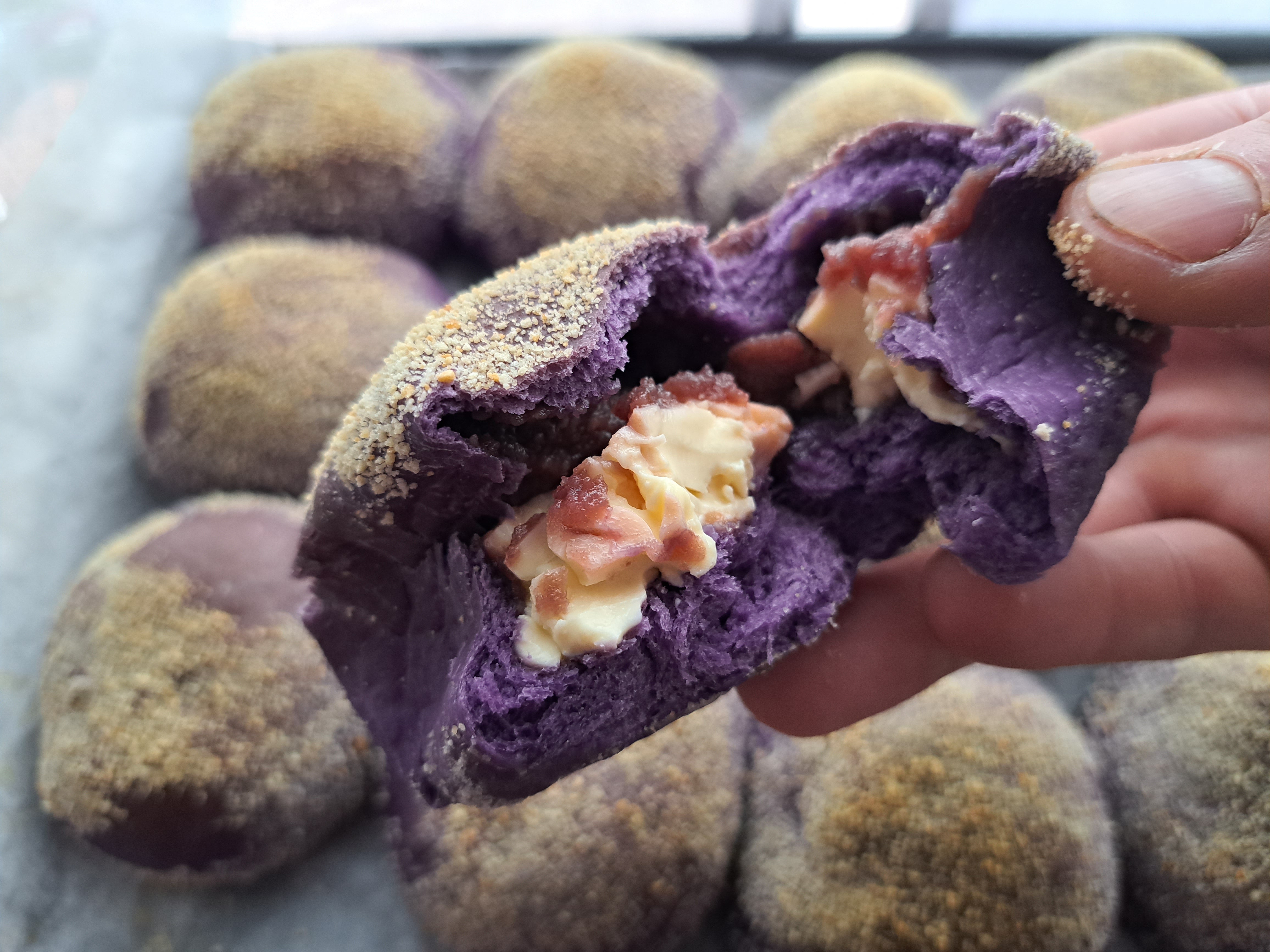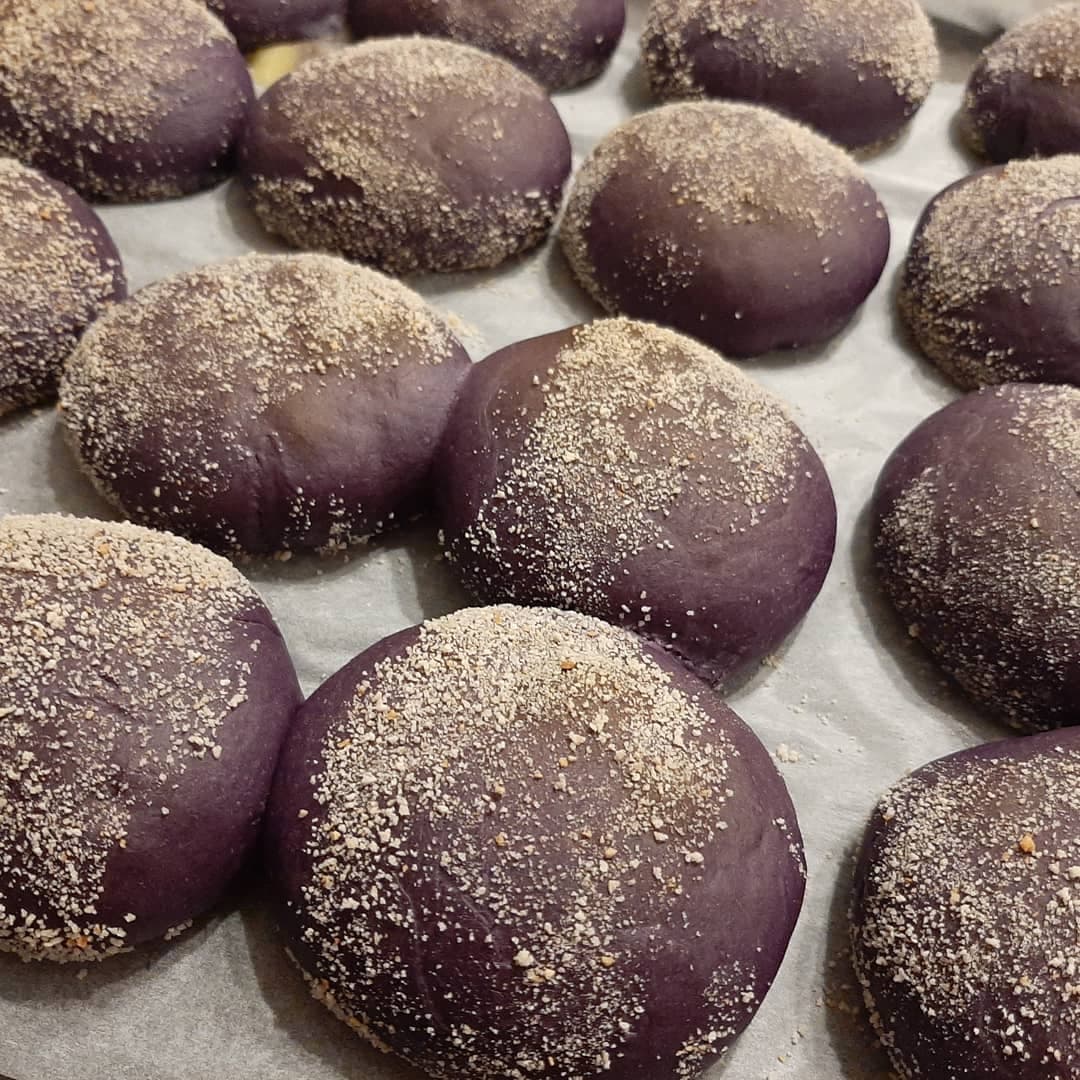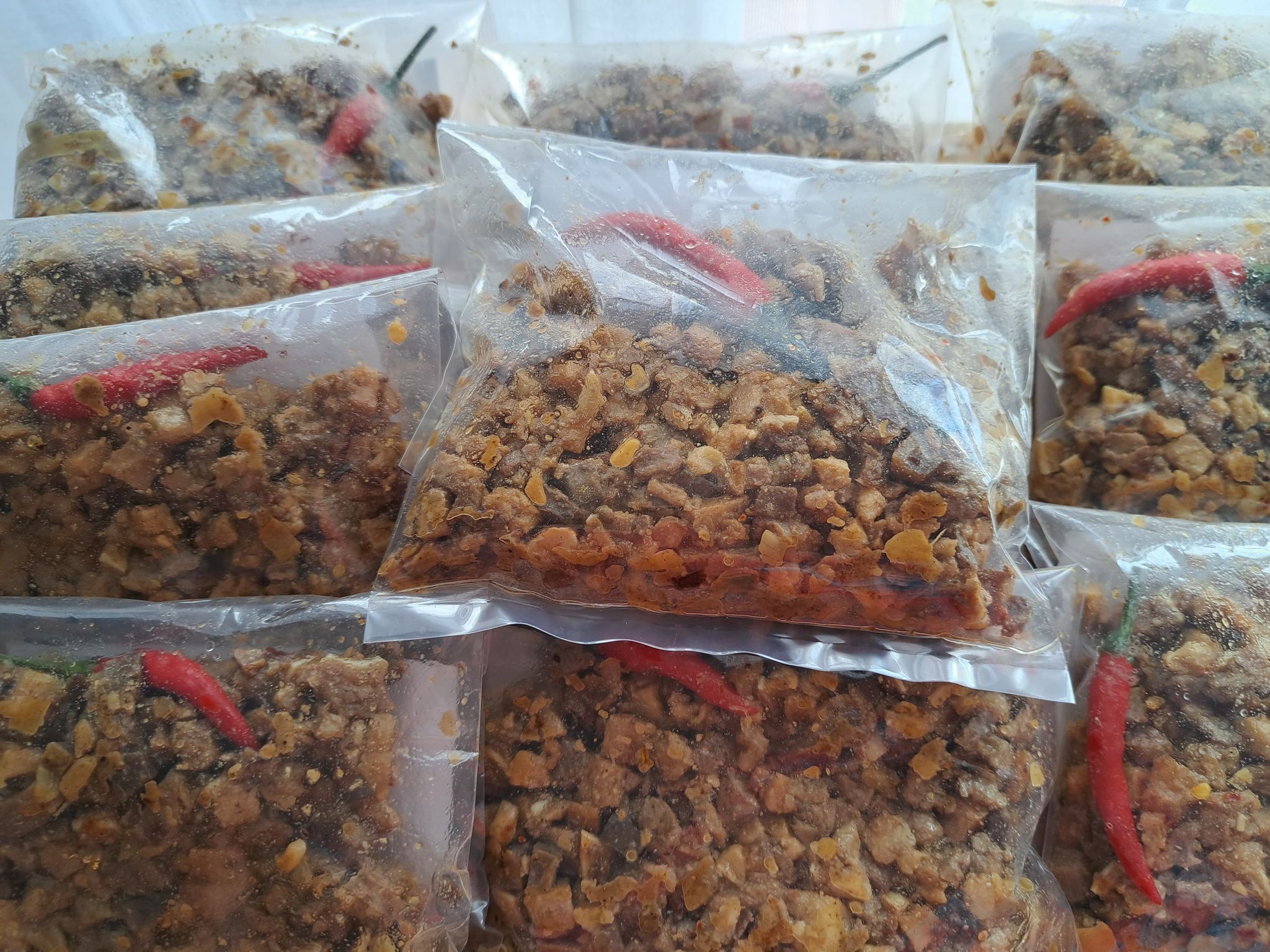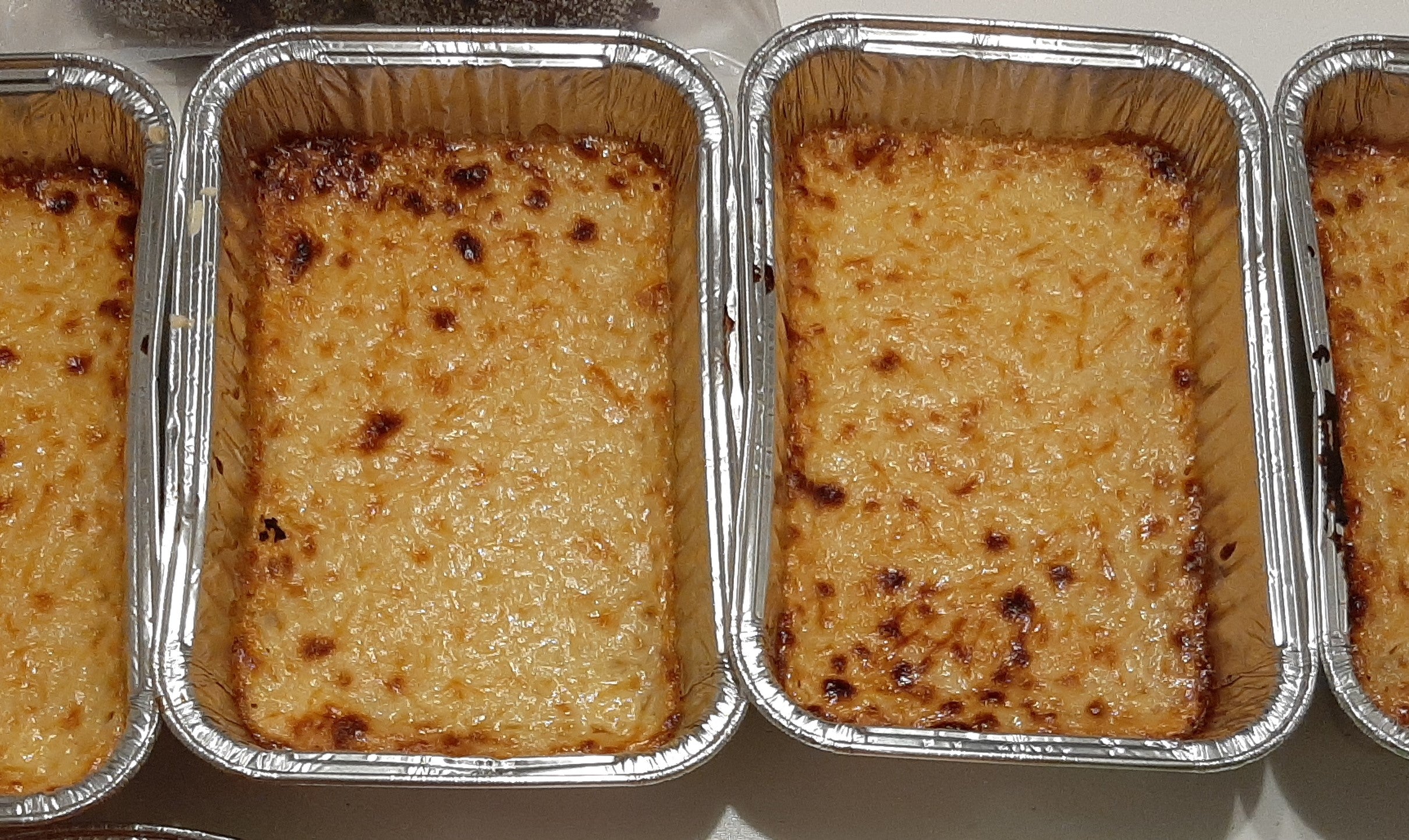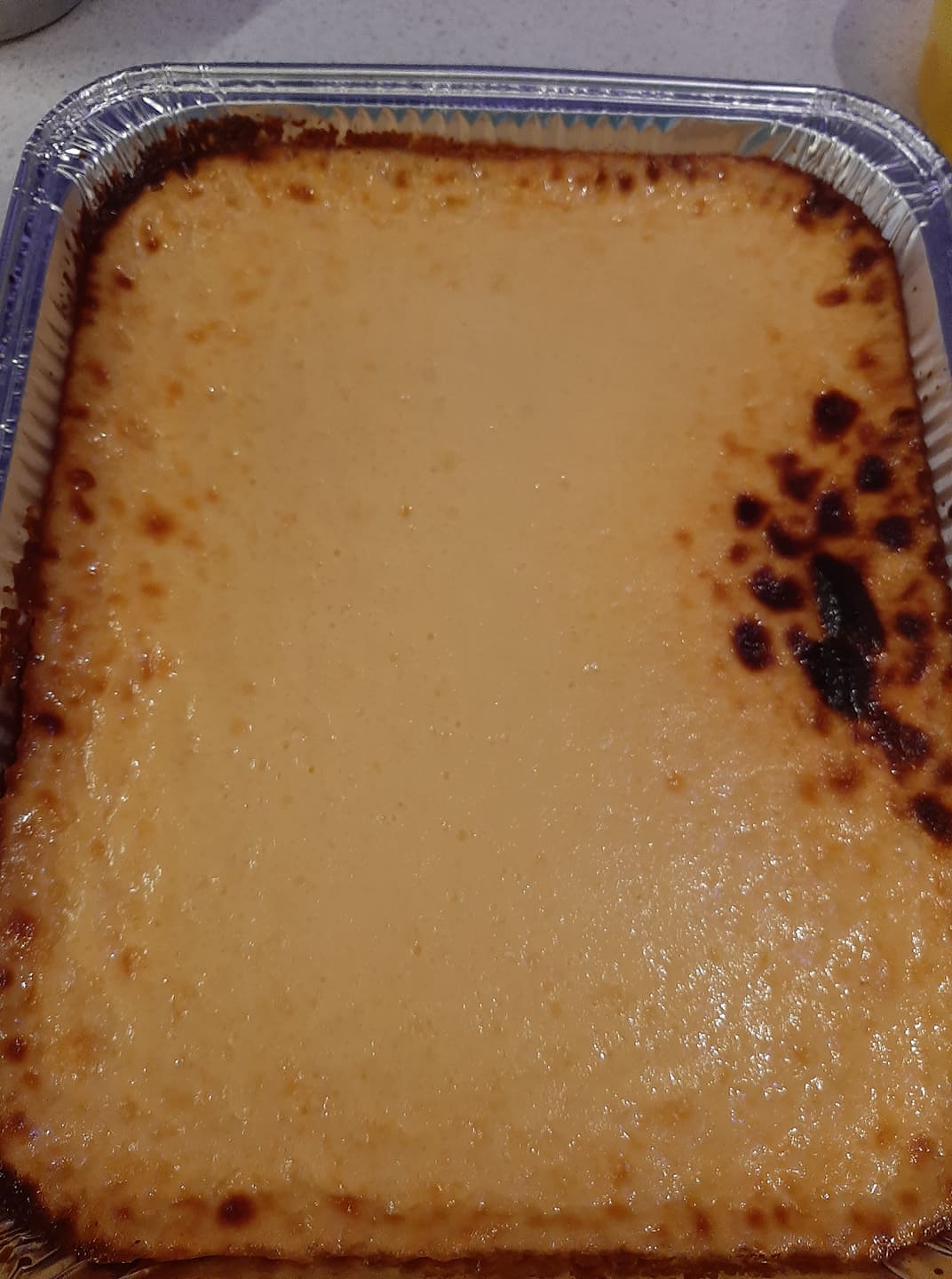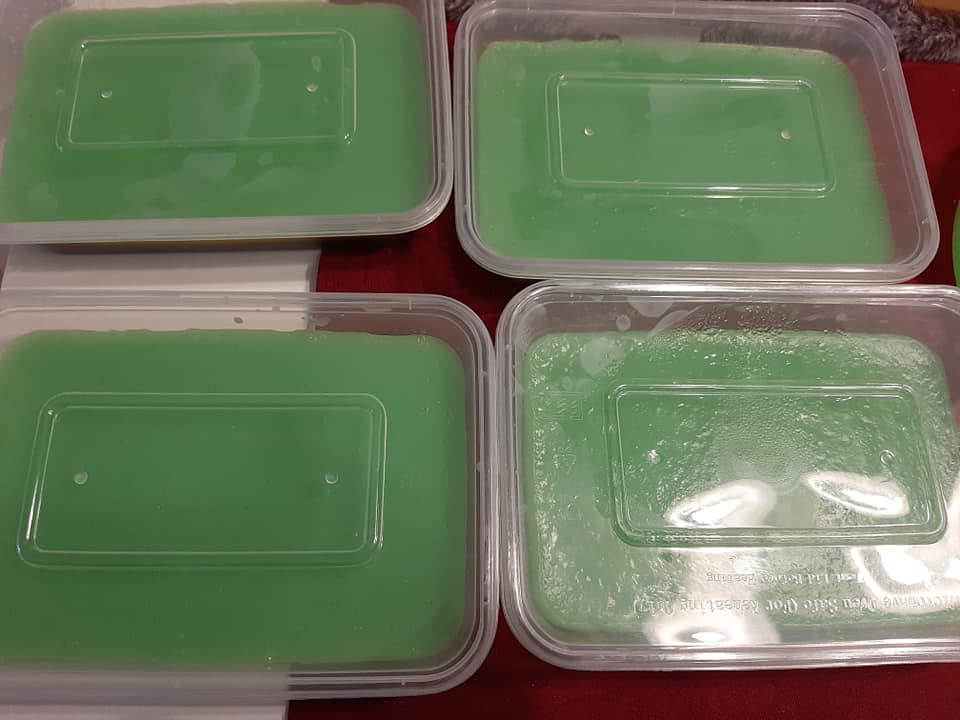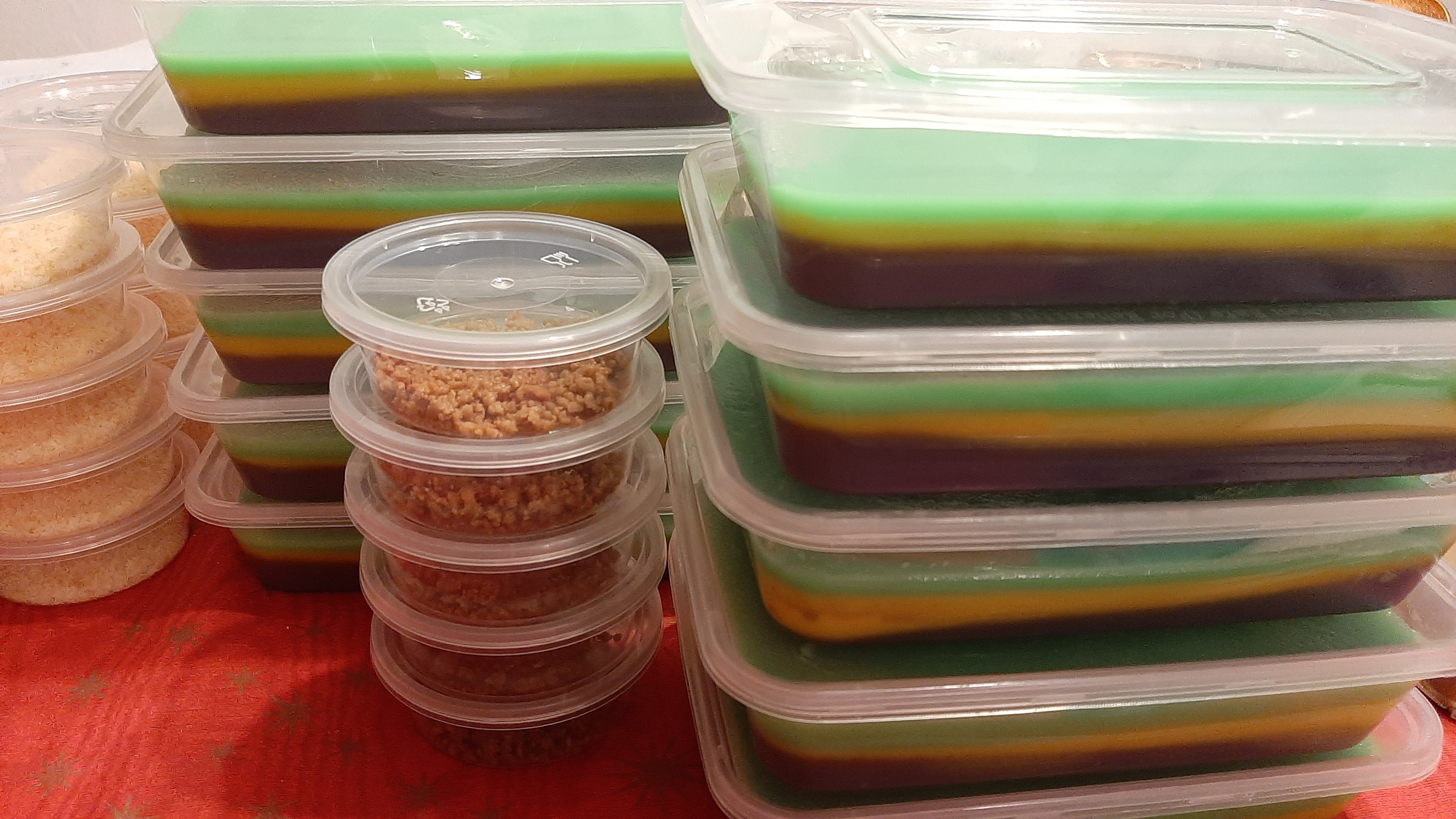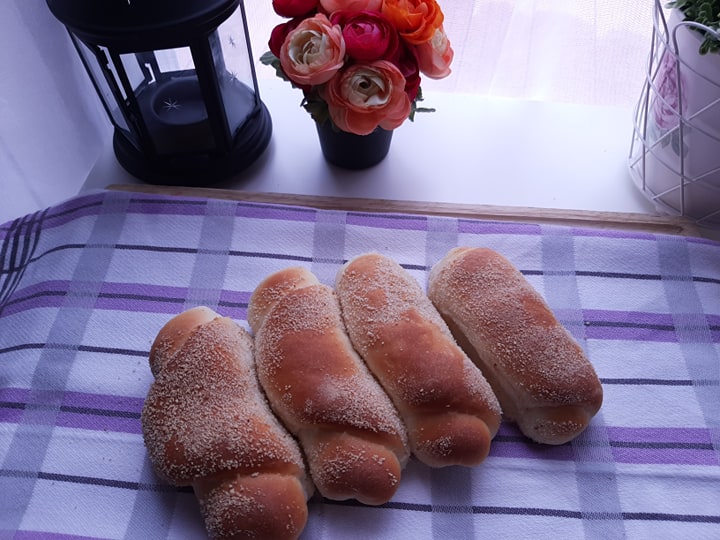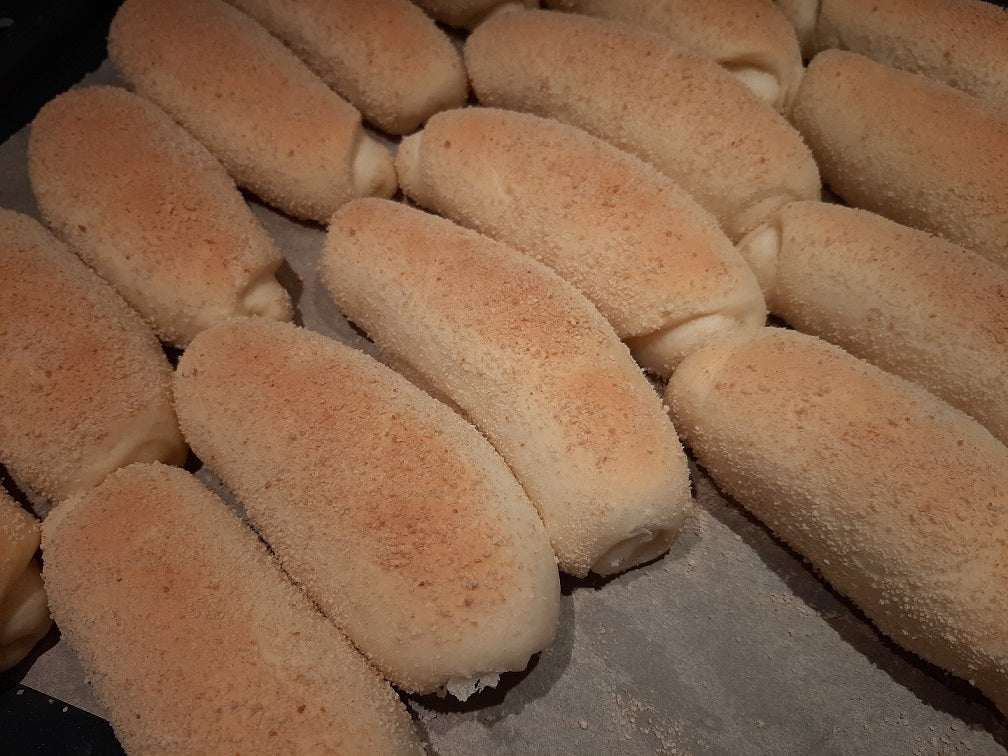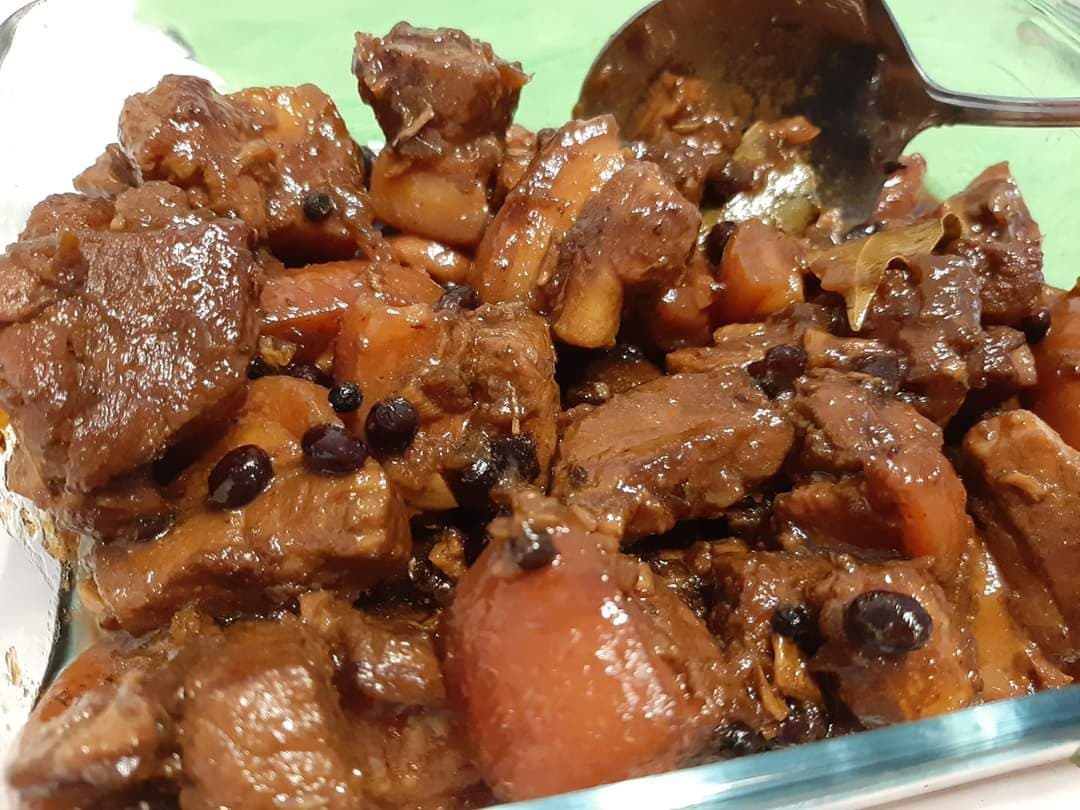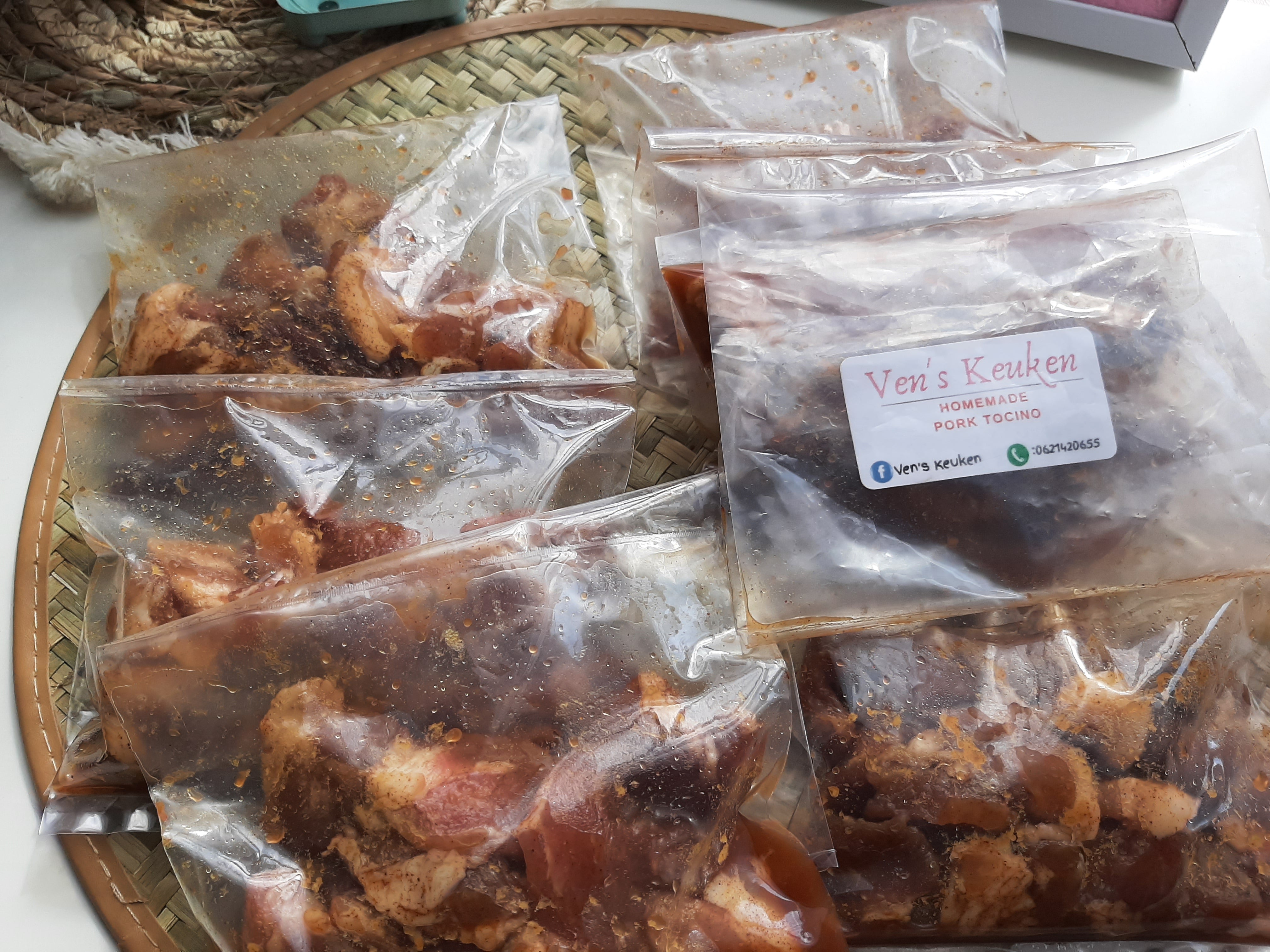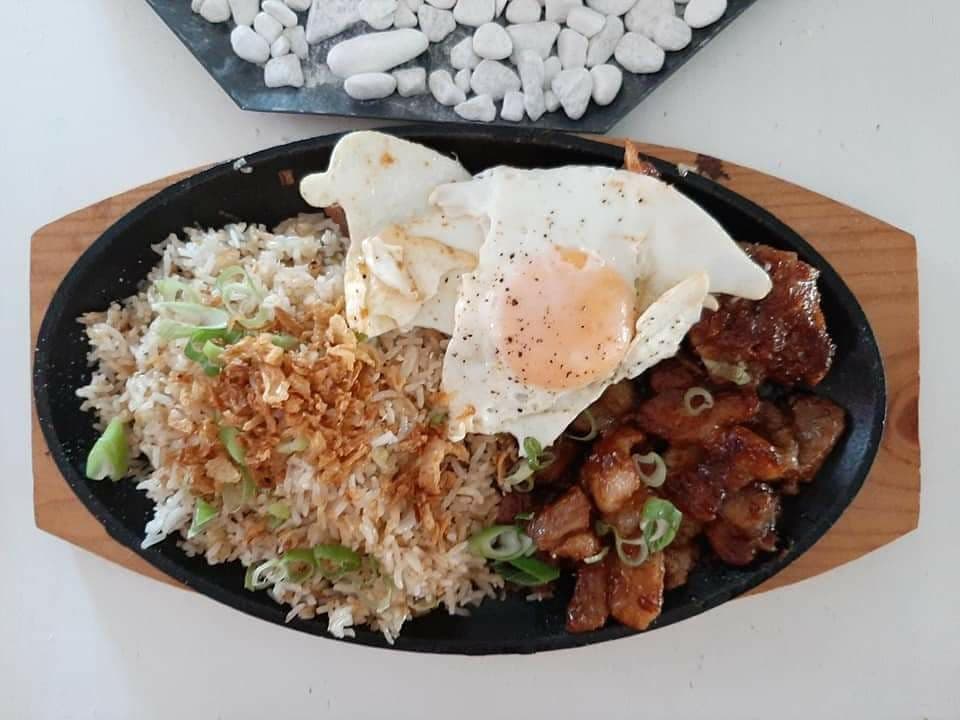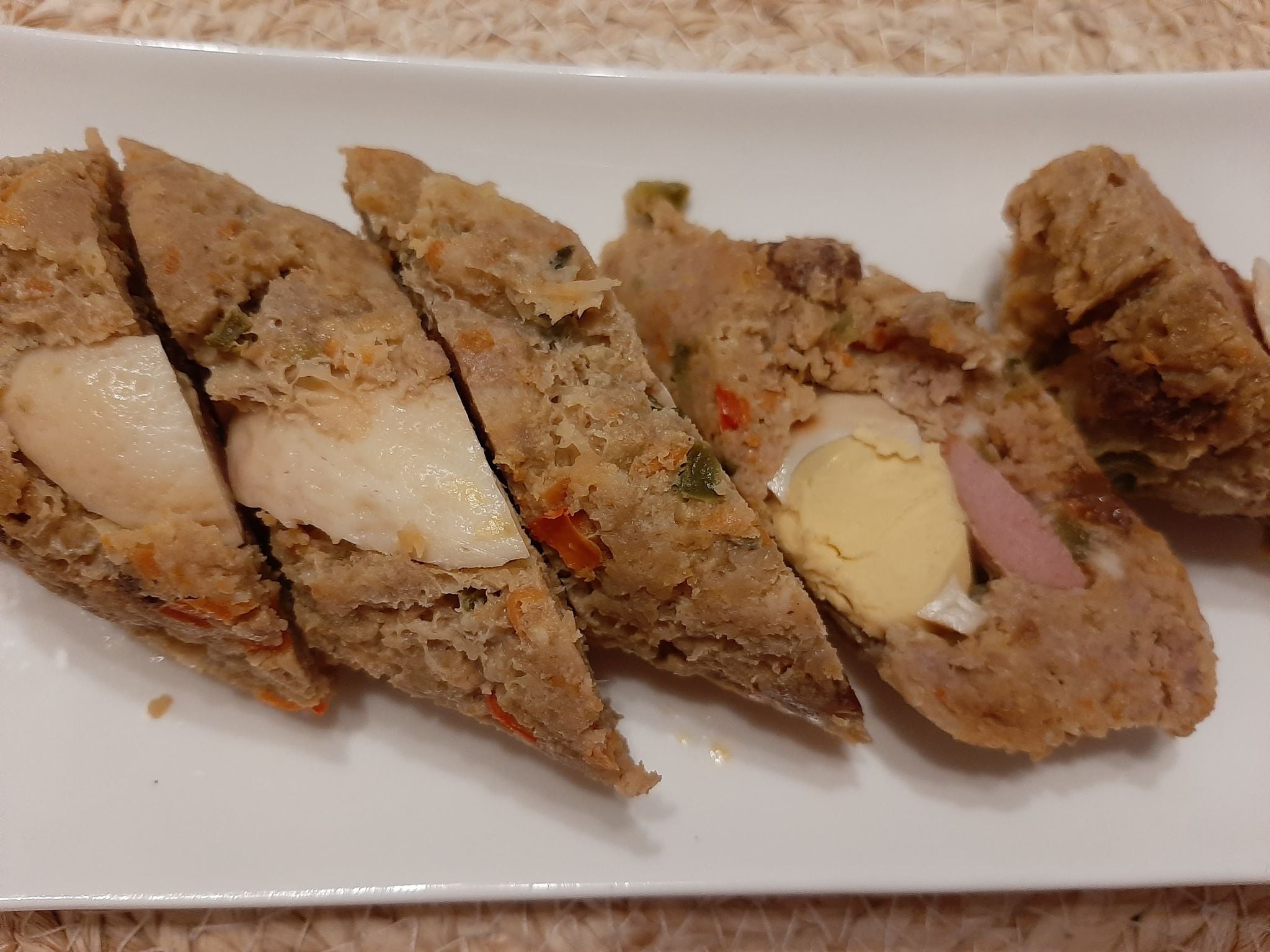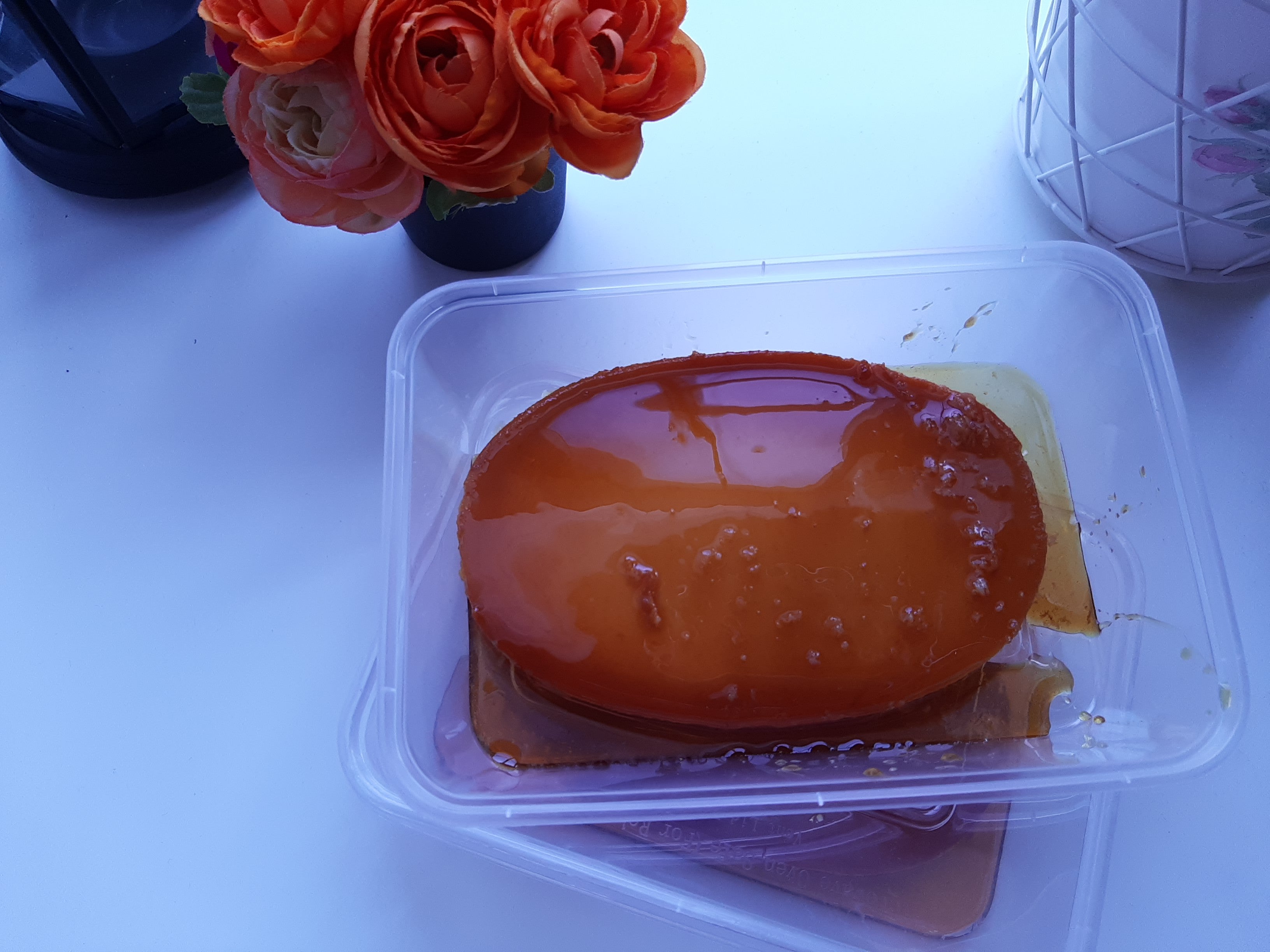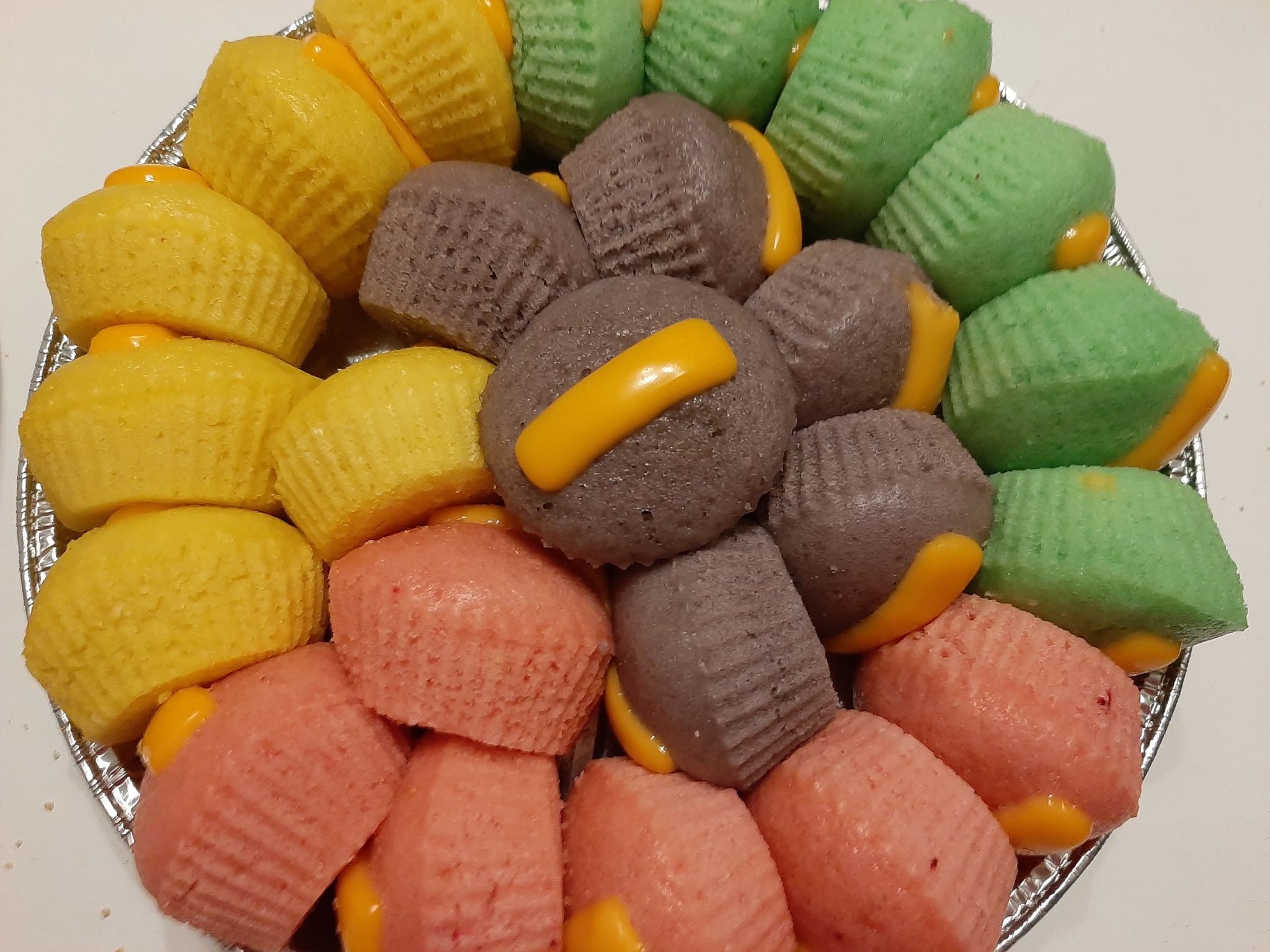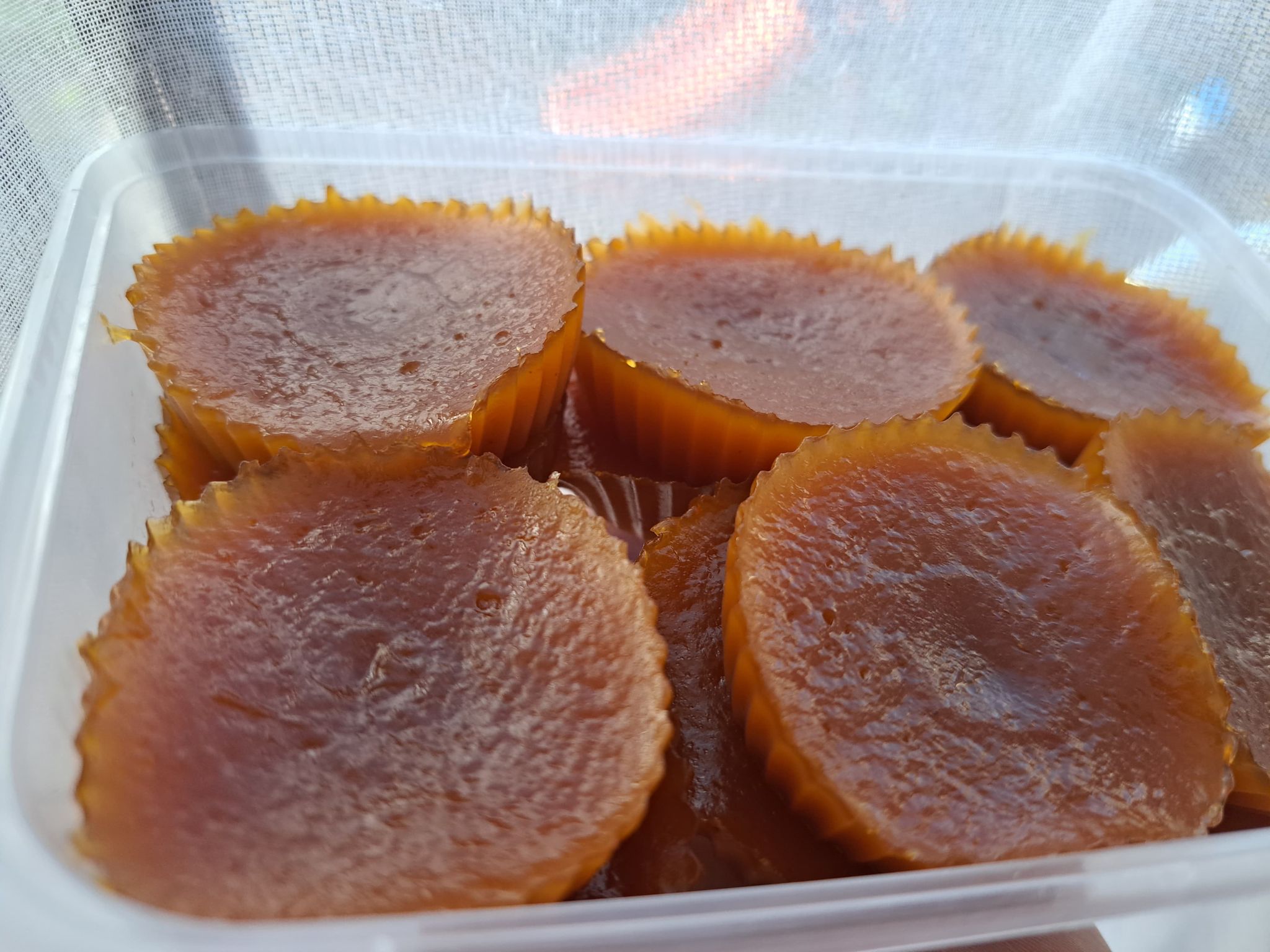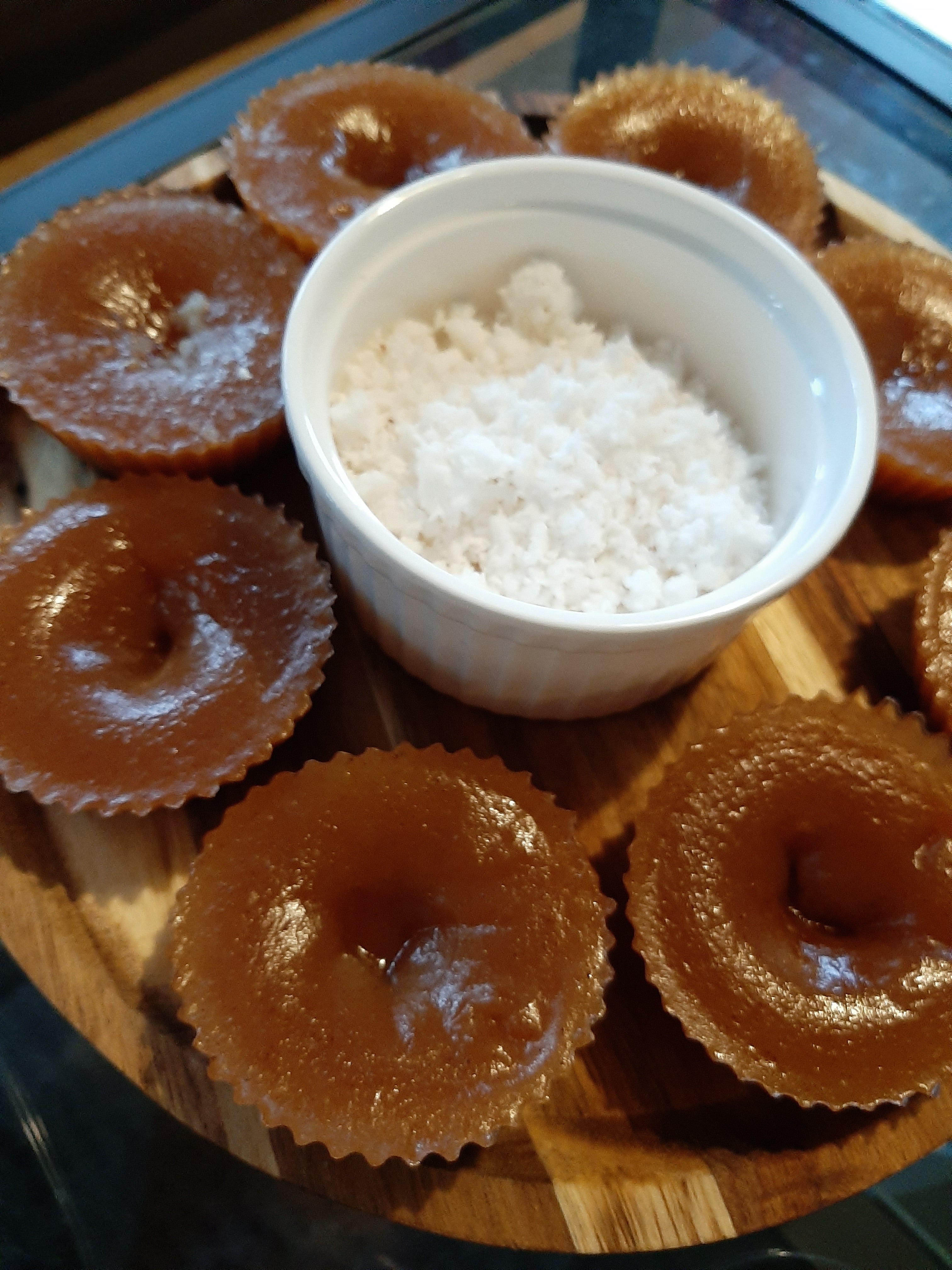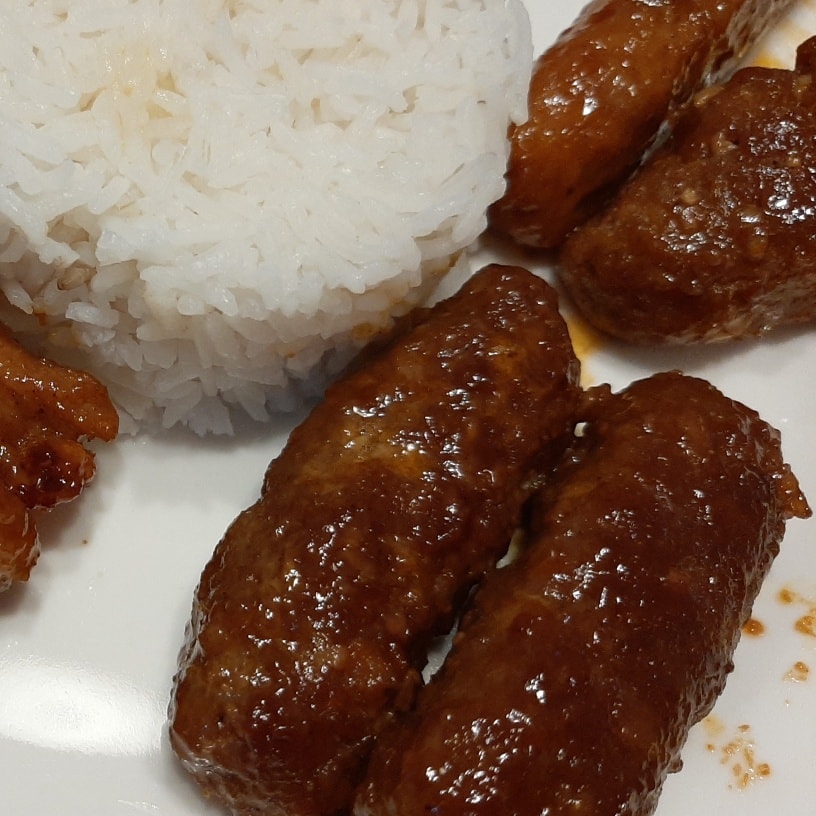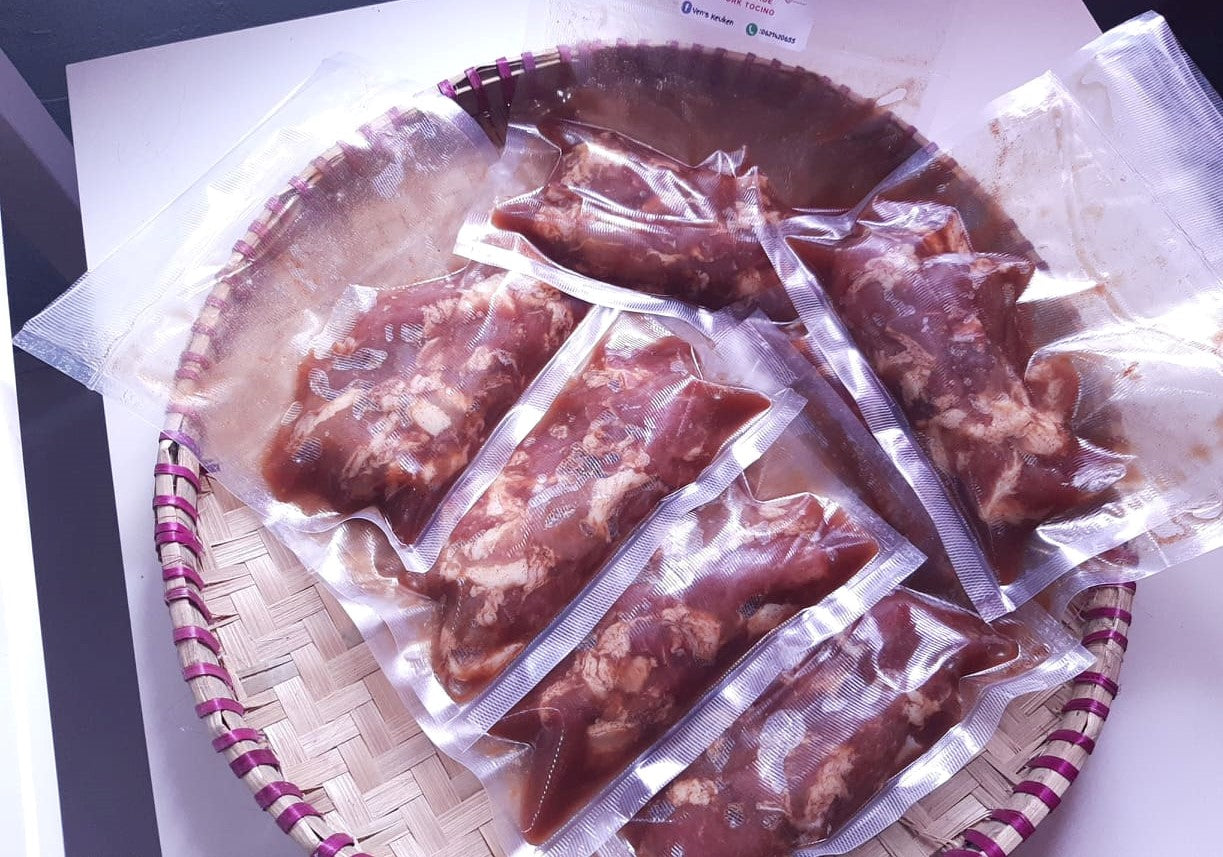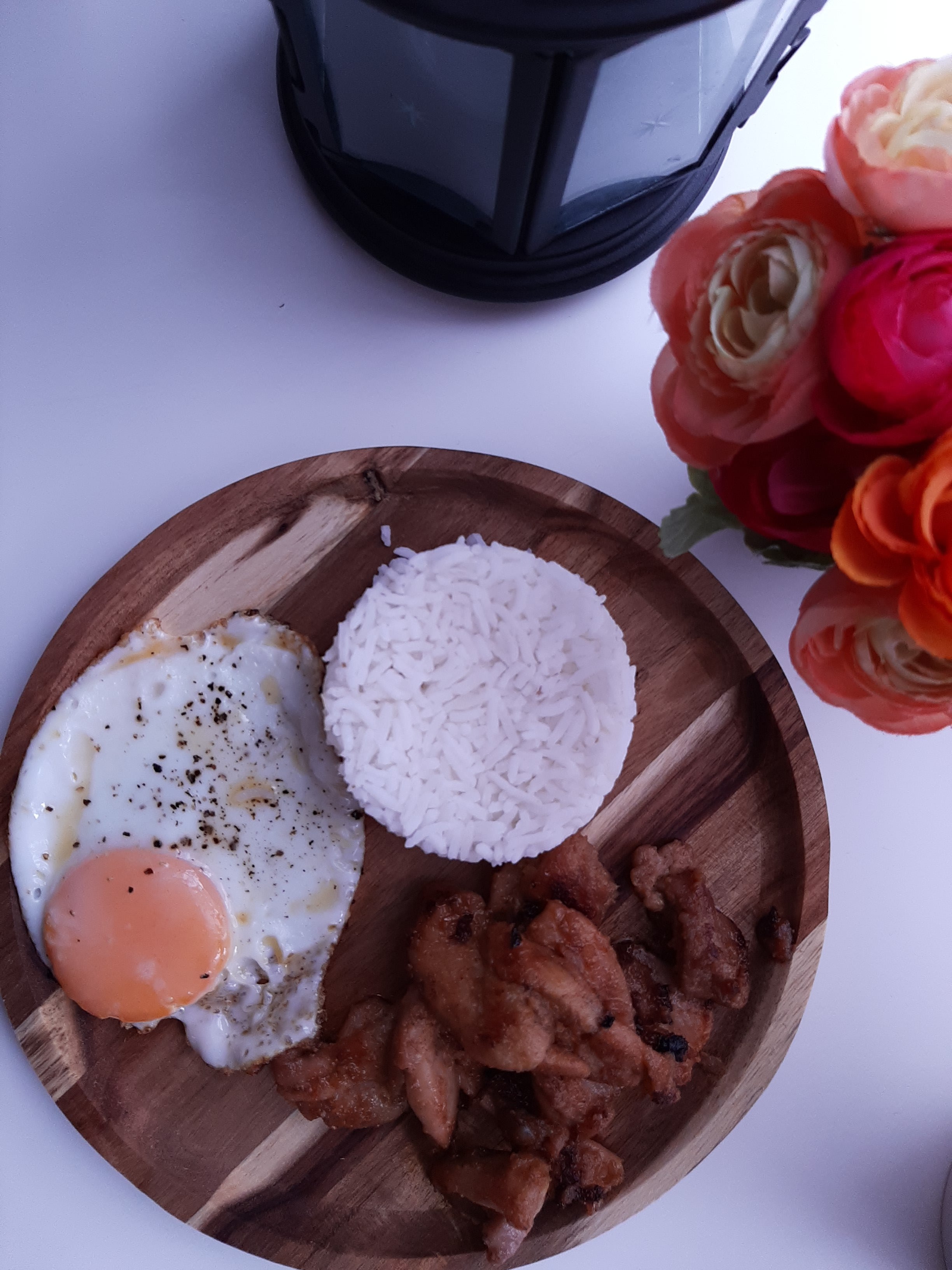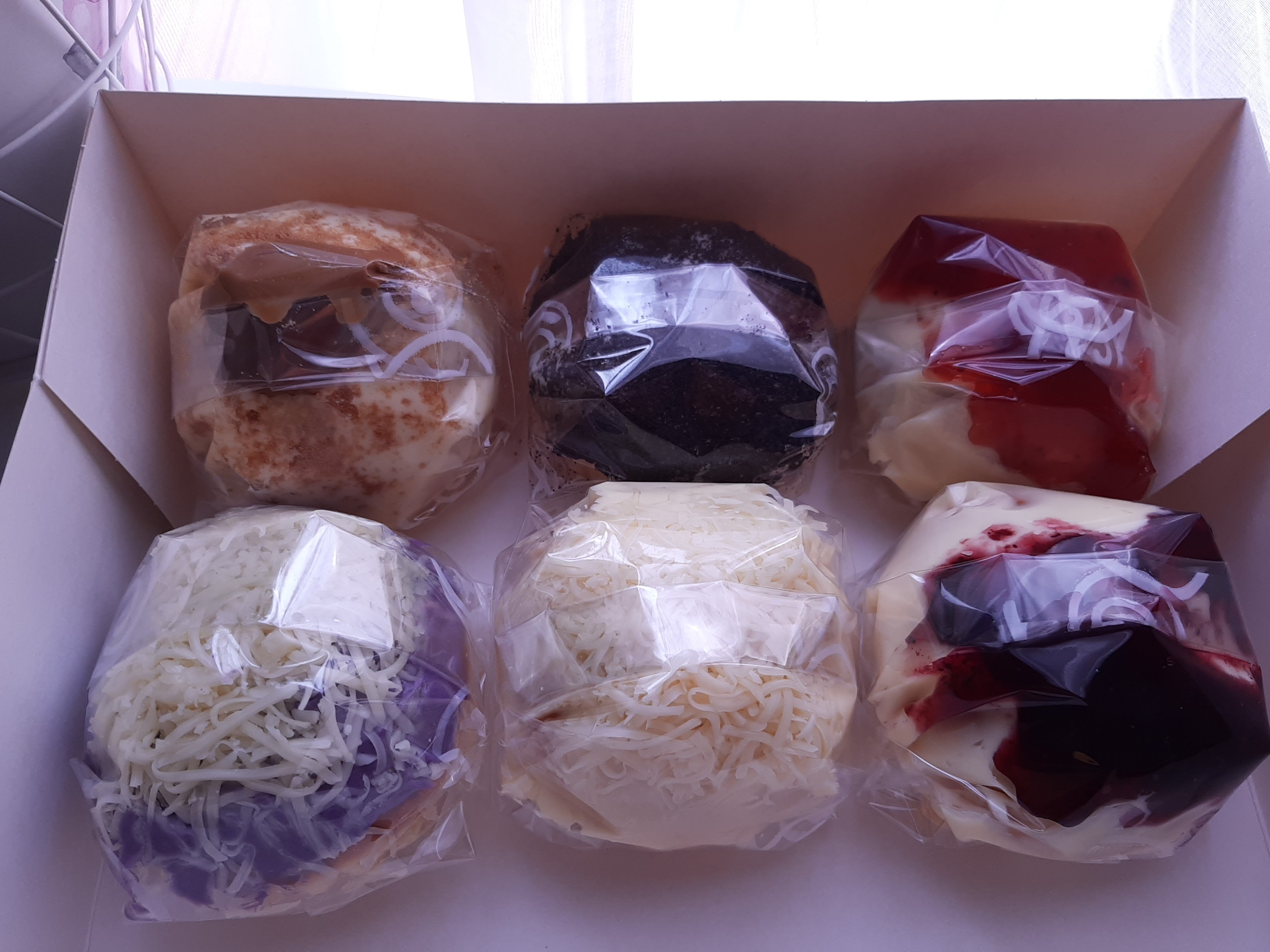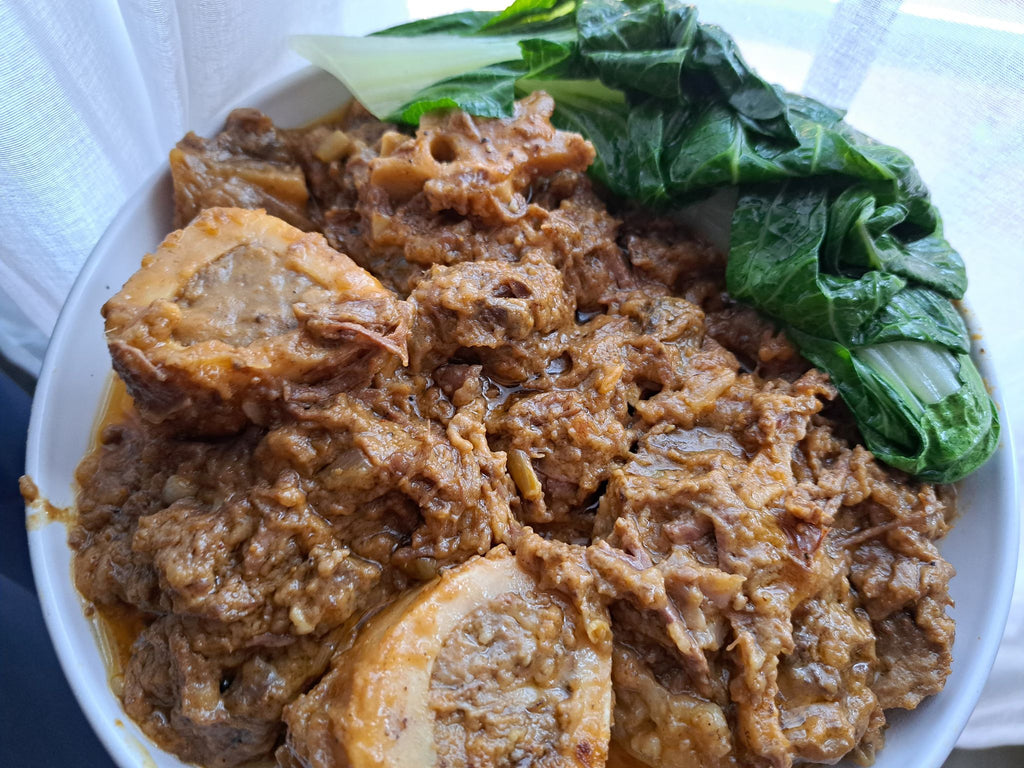
Beef Kare-Kare: A Filipino Culinary Love Story Worth Savoring

Beef Kare-Kare: A Filipino Culinary Love Story Worth Savoring
Welcome to another episode of Filipino food madness, where we take you on a rollercoaster ride through one of the world’s most flavor-packed cuisines. Today, we’re spotlighting a dish so rich in history, culture, and unapologetic decadence that it practically deserves its own reality show. Ladies and gents, let’s talk about Beef Kare-Kare – the peanut sauce powerhouse that holds a special place in every Filipino’s heart and stomach.
What Is Beef Kare-Kare Anyway?
Kare-Kare is a traditional Filipino stew known for its iconic peanut sauce that pairs beautifully with beef and a medley of vegetables. It’s hearty, flavorful, and the ultimate dish for family gatherings or fiestas. Imagine a rich, nutty sauce hugging tender chunks of beef shank or oxtail, complemented by fresh vegetables like eggplant, string beans, and banana blossoms. It’s the culinary equivalent of a warm embrace on a rainy day.
The name "Kare-Kare" is said to come from the word “curry,” but don’t be fooled – this dish is worlds apart from the Indian or Thai curries you might be familiar with. Think of it as curry’s Filipino cousin who went to culinary school, got a gourmet makeover, and now rocks a peanut butter-based sauce with absolute confidence.
A Dish Steeped in History
If food could talk, Kare-Kare would have stories to rival your Lolo’s (grandfather’s) epic tales. This dish dates back centuries and carries whispers of the Philippines’ rich and layered history. While the origins of Kare-Kare are still up for debate, one popular theory links it to the Moro people of Mindanao, who were said to have brought a variation of this dish to the country.
Another theory ties it to the Spanish colonization era. Back then, the affluent Kapampangan communities in Pampanga (often hailed as the culinary capital of the Philippines) took the concept of stews and elevated them to a fine art. They incorporated local ingredients like ground peanuts, banana blossoms, and annatto seeds to create the Kare-Kare we know and love today.
There’s even speculation that Kare-Kare was influenced by Indian immigrants who arrived in the Philippines. The use of peanut-based sauces can be traced to Indian cooking traditions, and some argue that Kare-Kare evolved as a uniquely Filipino interpretation of those flavors.
No matter the origin story, one thing is clear: Kare-Kare is an edible time capsule of Philippine history.
Kare-Kare and Filipino Family Traditions
In Filipino households, Kare-Kare isn’t just a dish; it’s an event. It’s the kind of food you bring out for big occasions – birthdays, weddings, Christmas, or any other excuse to gather the clan. Preparing Kare-Kare is no small feat, which is why it’s often reserved for special moments. From slow-cooking the beef until it’s fall-off-the-bone tender to carefully blending the peanut sauce, this dish requires time, love, and a little bit of sweat. But oh boy, is it worth it.
For many Filipinos, Kare-Kare represents home. It’s the dish that instantly transports you back to your grandmother’s kitchen, where the aroma of simmering peanut sauce filled the air. It’s the meal that brought everyone together around the dining table, laughing, sharing stories, and, of course, arguing over who gets the last piece of beef.
The Art of Pairing: Enter the Bagoong
No discussion of Kare-Kare would be complete without mentioning its trusty sidekick: bagoong. This fermented shrimp paste is the Robin to Kare-Kare’s Batman, the yin to its yang, the peanut butter to its jelly (or, in this case, the peanut sauce to its shrimp paste).
On its own, bagoong is a bold and unapologetically funky condiment. But when paired with Kare-Kare, it’s pure magic. The salty, umami-packed punch of bagoong perfectly balances the rich, slightly sweet flavor of the peanut sauce. Together, they create a flavor symphony that’s nothing short of addictive.
Pro tip: For the ultimate Kare-Kare experience, scoop up a bit of bagoong with every bite. Trust me, your taste buds will thank you.
Regional Twists and Modern Takes
One of the best things about Filipino cuisine is its diversity, and Kare-Kare is no exception. Depending on where you are in the Philippines, you’ll find different variations of this beloved dish.
In Pampanga, where Kare-Kare is said to have originated, the peanut sauce is thick and velvety, with an emphasis on traditional ingredients like banana blossoms and annatto seeds. Meanwhile, in other regions, you might find creative twists, such as seafood Kare-Kare featuring prawns and crabs, or even vegetarian versions with tofu and mushrooms.
Modern chefs have also started experimenting with Kare-Kare, incorporating global flavors and techniques. Think truffle-infused peanut sauce, Wagyu beef Kare-Kare, or even Kare-Kare spring rolls. While purists might raise an eyebrow at these innovations, there’s no denying that they add a fun and exciting twist to a classic dish.
The Kare-Kare Experience
Eating Kare-Kare is an experience that engages all your senses. First, there’s the visual appeal: a bowl of golden-orange peanut sauce shimmering in the light, studded with tender chunks of beef and vibrant green vegetables. Then there’s the aroma – nutty, savory, and utterly irresistible.
When you take your first bite, it’s like a flavor explosion in your mouth. The richness of the peanut sauce envelops your palate, while the tender beef practically melts in your mouth. The vegetables provide a satisfying crunch, and the bagoong adds a salty kick that ties everything together. It’s the kind of meal that makes you want to close your eyes, take a deep breath, and savor every single moment.
Kare-Kare: A Dish That Bridges Generations
What makes Kare-Kare truly special is its ability to bring people together. It’s a dish that bridges generations, connecting the past with the present. It’s the food your grandmother cooked for your parents, the meal you shared with your siblings, and the recipe you’ll one day pass on to your own children.
In a fast-paced world where convenience often takes precedence, Kare-Kare reminds us of the importance of slowing down, gathering with loved ones, and celebrating life’s simple pleasures. It’s not just a dish; it’s a tradition, a memory, and a love letter to Filipino culture.
What’s Next in Our Filipino Food Series?
As we wrap up today’s beefy adventure, I hope you’ve gained a deeper appreciation for the magic of Kare-Kare. Whether you’re a seasoned fan or a first-timer, this dish has a way of capturing hearts and taste buds alike.
Next up in our Filipino food series, we’ll be diving into another iconic dish: lechon! We’ll explore the art of roasting a whole pig to crispy perfection, the cultural significance of lechon in Filipino celebrations, and, of course, the eternal debate: skin or meat – which is the best part?
Until then, keep exploring, keep eating, and remember: life’s too short to say no to peanut sauce. Maraming salamat, and see you next time! 🍴✨





